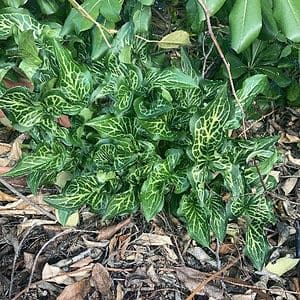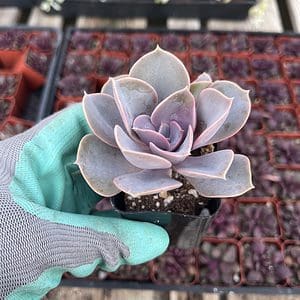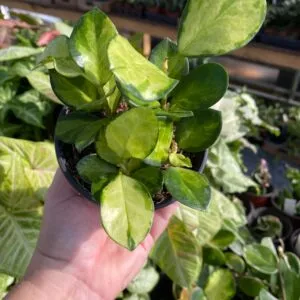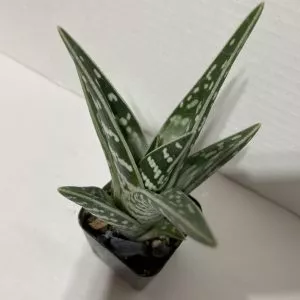No products in the cart.
To bring a rainbow 🌈 color to your garden, choose the hardy, low-maintenance rock cress for your pathways or rock garden.
You can enjoy a mat-forming garden when you sow rock cress seed. Still, it helps to know how it thrives before growing rock cress plants and the different varieties available.
Luckily, we are here to help you achieve this.
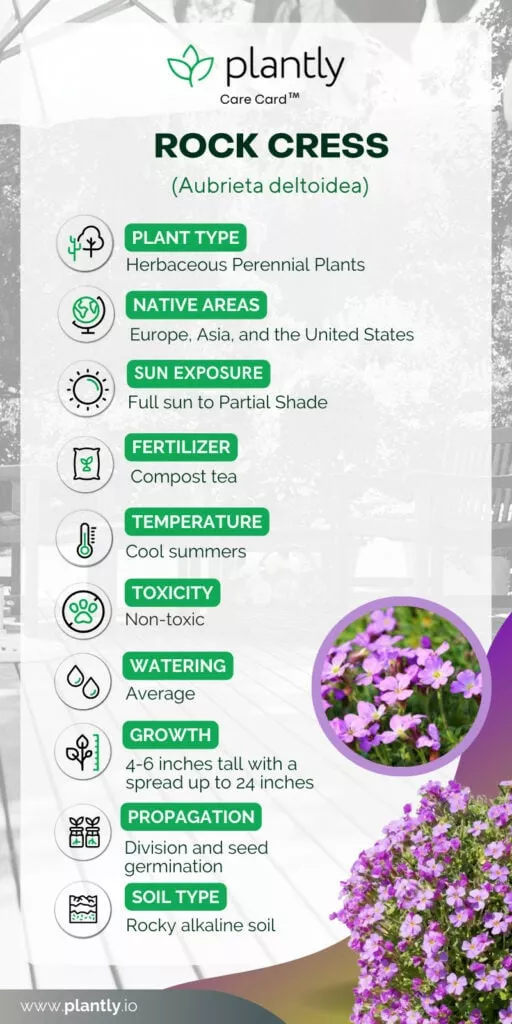
More About Rock Cress Flowers
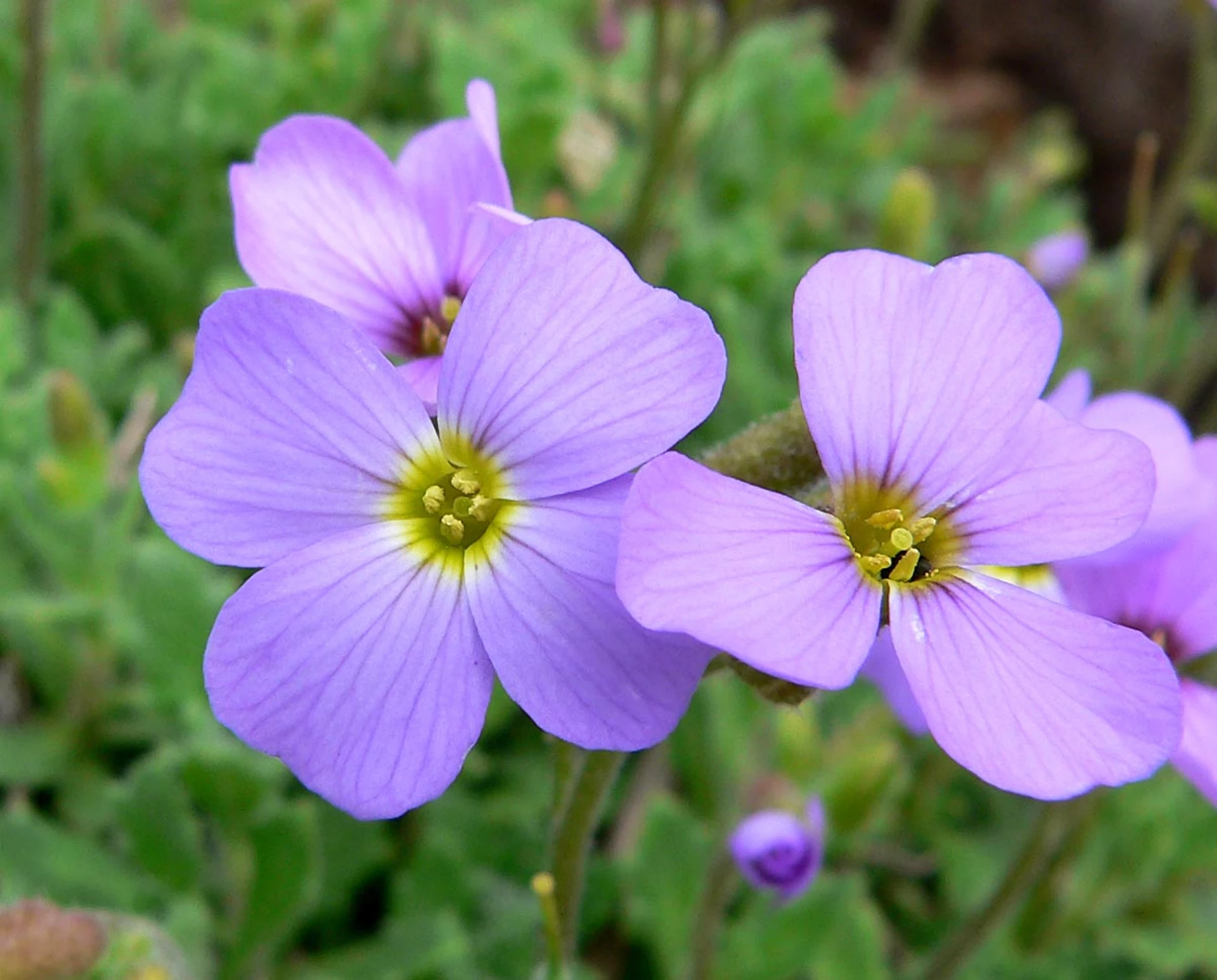
Rock cress refers to several plants belonging to the mustard family. These are semi-evergreen but are grown as perennials in rocky gardens. They thrive in full sun, need ample drainage, and grow well on a cliffside. You find them growing from Europe, Asia, to the United States.
The rock cress is a flowering plant with shades of white or purple that arrives in early spring to summer. Hence, the variety of blooms, colors, and sizes can vary from one cultivar of rock cress to another. But the majority share one similarity: thick foliage with vibrant green leaves.
You can also find The rock cress plant with variegated leaves; some have violet-blue flowers and grow well as ground cover in rock gardens. In some states, you can find them considered weeds, while others use them for ornamental purposes.
Rock Cress Plants: 4 Types of Flowering Rock Cress Plants
The rock cress prefers rocky soil to other flowering plants that struggle to grow in rocky areas. There are dozens of rock cress species, some with blue-violet flowers and dark purple to gray-green leaves. Then you have varieties with bright gold hues to creamy margins; the following genera contain rock cress plants.
Arabidopsis

These rock cress plants typically come from Europe and include species like the Arctic, sand, and lyre-leaved rock cress. A fact is that in the 1980s, the Russian crew in space planted these cultivars.
Arabis

The rock cress plants have small white flowers and can root in rough terrains into small stone walls and cracks. Some popular varieties are the Armenian rock cress, alpine rock cress, and hairy rock cress. It is an Eastern European plant that bees must pollinate to reproduce.
The Aubrieta genus is native to Asia, the Mediterranean, and Southern Europe and is very hardy to grow in different soil types in partial to full sun. A well-known variety is the Aubrieta deltoidea, the purple rock cress, lilac bush, or false rock cress.
Boechera
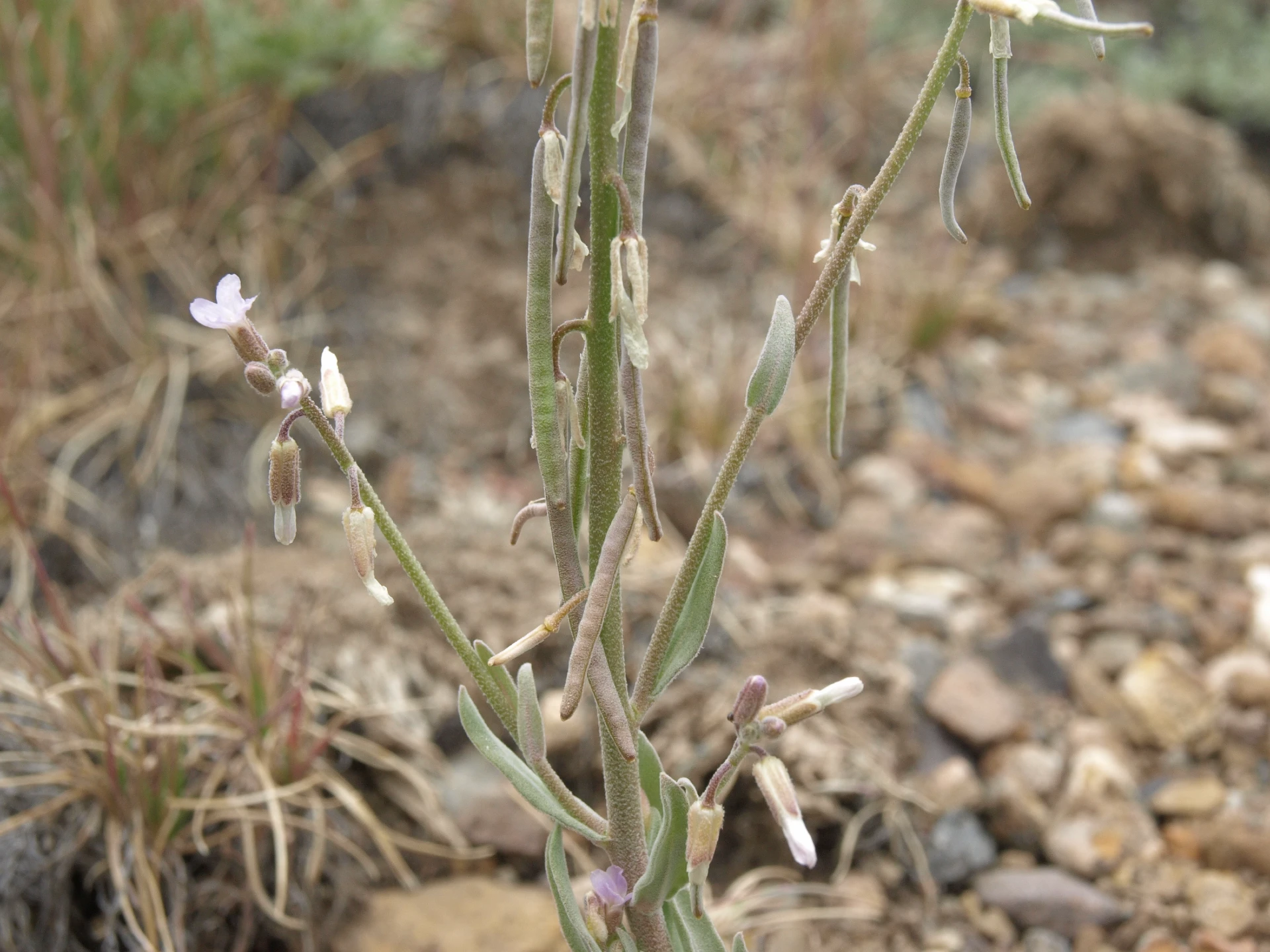
These rock cress plants come from North America and can have white or purple flowers. Some in the group are the Missouri rock cress, sicklepod rock cress, and smooth rock cress plants.
Rock Cress Care Tips
Rock cress seeds can create a perennial ground cover on a rock wall, slope, or container garden. These plants need little maintenance as they are self-sufficient in the correct environment.
They are deer resistant, and rock cress thrives in alkaline soil in the USDA hardiness zones 4 to 9. The drought-resistant plant will need a spot with limited partial shade with direct sunlight.
The majority of rock cress species also self-seed.
Where to Plant Rock Cress
Some people grow rock cress along walls or in borders as they add a stunning contrast when planted with spring flowering bulbs. While the flowers are small, it gives off a lovely scent along a path. In contrast, you can grow rock cress in the ground; they also do well as container plants.
Depending on your variety, these drought-tolerant plants thrive where other flowering plants struggle to survive. You can add a deep purple color to brighten your garden or a violet blue to a dull corner. Spring is the best time to sow rock cress seeds after the last expected frost or early fall.
These plants bloom in the first year when planted in early spring, while others only bloom in the second year. After the last frost, you can sow rock cress seeds by pressing them in the soil. But do not cover them as it needs light to germinate, or you can start them indoors in a sterilized mix about four to six weeks before the last expected frost.
Then keep them moist until germination takes place. For growing rock cress from seedlings, please provide them with well-drained soil and place them in the ground at the same depth as in the container. Space your rock cress plants 18 inches apart to allow them to spread and form a ground cover.
Light Shade to Full Sun For Rock Cress Plants

Whether grown on vertical surfaces or in containers, provide your plant in warmer climates with partial shade, and for cooler regions, you can grow them in full sun. Still, ensure they receive enough sun to enjoy the flower’s bloom.
Alkaline Soils Best For Rock Cress
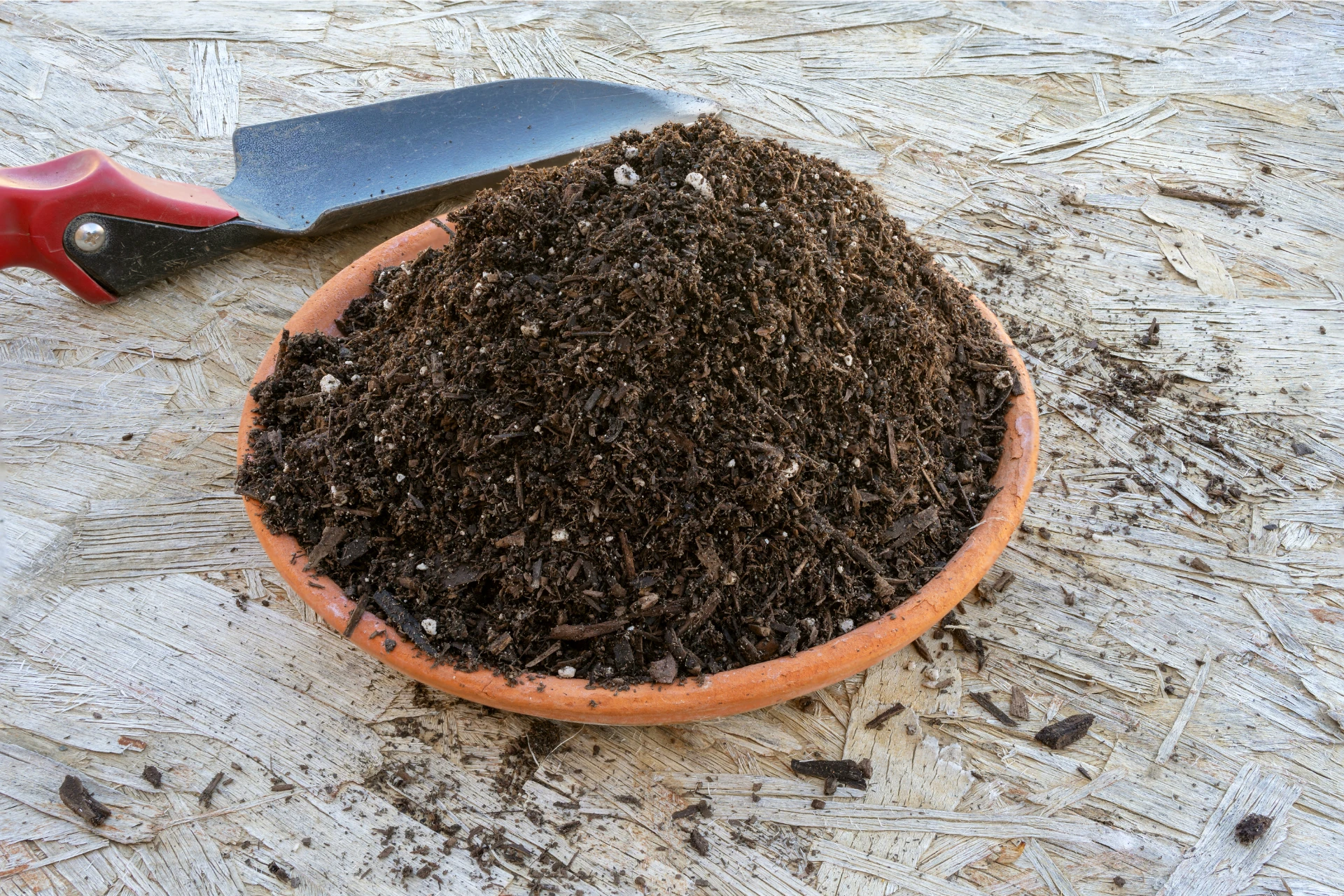
A primary requirement is well-drained soil, as poor drainage can lead to root rot. Provide your rock cress plants with a slightly alkaline environment to thrive. Thus, a pH between 6.5 and 7.5 is recommended; if the pH is too low, you can add some lime.
Watering Rock Cress Plants
When you plant rock cress, you must keep the soil moist but not soggy. As long as the soil is well drained, you will not have a problem with your plants.
Temperature and Humidity

The temperature to humidity depends on the rock cress flowers you grow. Some varieties prefer temperatures between 65°F and 70°F. While another rock cress prefers cooler climates to mid-range humidity levels as high humidity will shorten the life cycle of the perennial.
Fertilizing Rock Cress

These plants do not need added feed; you can provide some compost in the ground. When you first plant rock cress in a rock garden, it can benefit from nitrogen and phosphorus after they bloom. Too much nitrogen after they bloom, will lead to too much plant growth.
Pruning Rock Cress
After rock cress blooms, it is best to give them a trim, or the rock cress produces a seed that will spread, which can be a good thing as the plant’s life cycle is short. At the same time, you can keep them neat, but they are not invasive, and you can easily control the rock cress seed no matter where you sow them.
Potting and Repotting Rock Cress
Rock cress grows well in containers with alkaline soils, excellent drainage, and is slightly acidic. You can use commercial potting soil and increase the pH level with crushed egg shells, baking soda, lime, or wood ashes.
-
Free Shipping$18.00Sold By: Bay Urban Habitat
Only 1 left in stock
Italian arum bulbs aka winter caladium
Only 1 available and it’s in 1 people’s basketSold By: Bay Urban Habitat -
Free Shipping$87.48Sold By: BONSAI WORLD LLC
Only 1 left in stock
Flowering Pink Azalea Bonsai Tree (azalea ‘Tiny Dancer’)
Sold By: BONSAI WORLD LLC -
$35.00Sold By: Beauties & Beasts
$40.00In stock
Ceramic Planters- Rae Dunn by Magenta Stem Print- Large Planter
Rated 4.83 out of 5 based on 24 customer ratings00Sold By: Beauties & Beasts -
$4.50Sold By: Cacti and Exotica
In stock
Echeveria—Perle von Nurnberg
Rated 4.98 out of 5 based on 59 customer ratings00Sold By: Cacti and Exotica
Propagating Rock Cress
You can propagate rock cress using division in early fall or sow rock cress seed in the fall or indoors to transplant to the garden to enjoy the early spring to early summer flowers bloom.
Dividing Rock Cress in Early Fall
Dig up your entire plant using a shovel.
Tease the clumps apart using your hand or a garden fork.
Replant the divided clumps 12 inches apart in a new location. Keep the clumps at the same depth as the original plant.
Water them well and keep them moist until you see new growth.
How to Grow Aubrieta from Seed
Finding rock cress seedlings is not easy, and the best is to sow the seed in the garden. If you have a variety available, you can collect the seed, but it is not always that it will be true for the plant.
Sow seeds in seed flats indoors using a sterilized mix, which needs light to germinate.
So, do not cover them after pressing them into the soil.
Keep the soil moist, and germination should occur in two to three weeks. No matter what seed you sow, whether purple rock cress or other plants, it has a long germination period.
Before transplanting seedlings into the garden or permanent pots, we recommend hardening them for the outdoors.
Pests and Problems
If your plants grow in rock gardens in a shady spot or damp area, they can get downy mildew. To prevent this, provide your rock cress plant with enough light to space for air circulation. To prevent root rot, well-drained soil is important.
Frequently Asked Questions
The plants are considered deer-resistant, but they are not entirely deer-proof. We recommend taking added measures to protect your plants.
You can grow rock cress in containers or as ground cover in the garden. When using pots, ensure it has ample drainage to prevent waterlogging.
The two plants’ flowers look similar and grow to form a mat, but the creeping phlox is more drought-resistant, making it ideal for the American rock garden.
The plant has a trailing habit; you can trim them to keep them in shape, but it is not invasive in the garden.
The rock cress bloom time is fairly long, from late spring to summer.
Rock cress flowers in the 2nd spring after planting and every year after that. When you remove the spent flowers, they will remain healthy and bloom again.
Whether you want to buy, sell, or simply reach out to other plant enthusiasts, Plantly is the right place to be!
-
$18.00Sold By: Smoot's Farm
In stock
Hoya Australis Lisa 4 Pot Live Starter Plant
Rated 4.89 out of 5 based on 27 customer ratings00Sold By: Smoot's Farm -
-
$16.00Sold By: Beauties & Beasts
In stock
Cactus – Echinopsis chamaecereus (clumping)
Rated 4.83 out of 5 based on 24 customer ratings00Sold By: Beauties & Beasts -
$9.99Sold By: Succulent Oasis
In stock
Small Succulent Plant Partridge Breast Aloe
Rated 4.84 out of 5 based on 352 customer ratings00Sold By: Succulent Oasis

